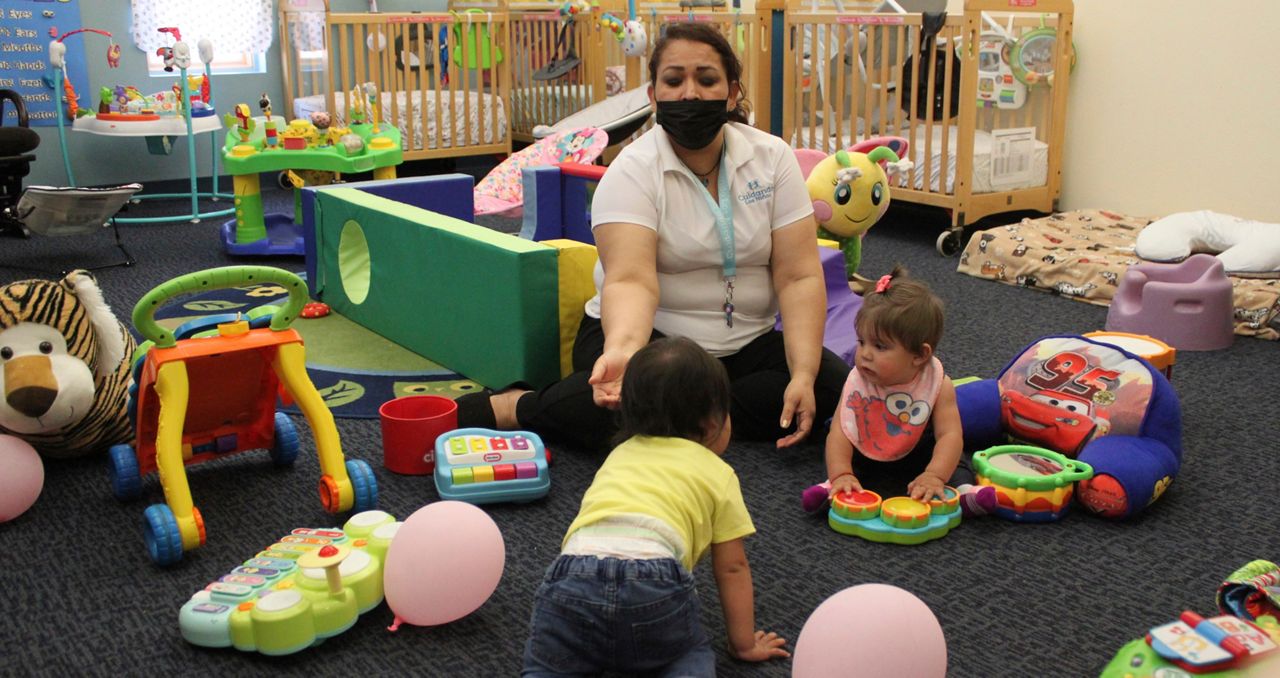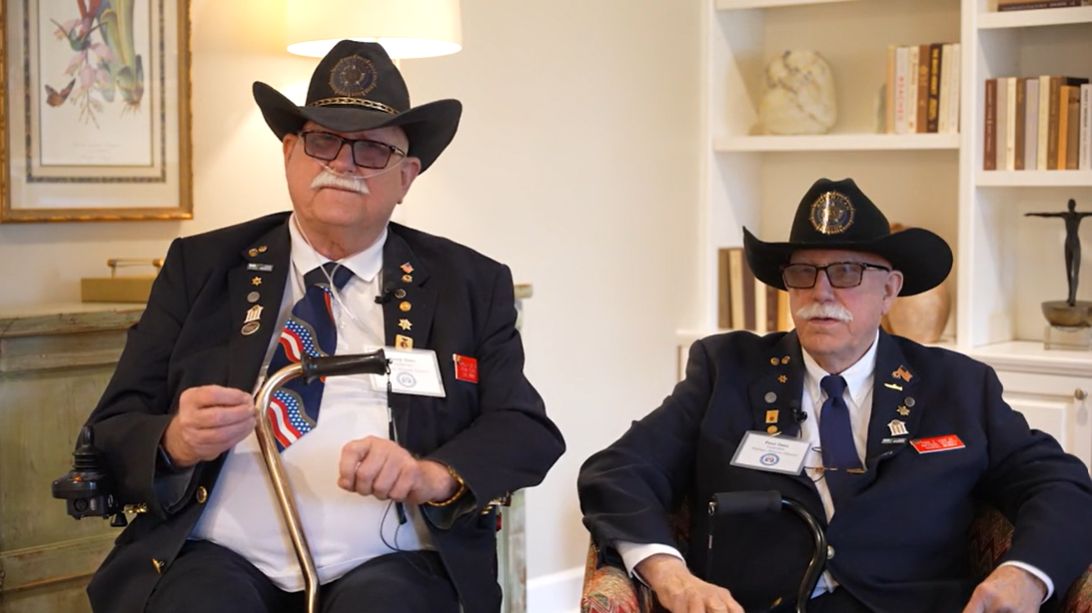Rensselaer Polytechnic Institute students are taking their classroom knowledge into the real world by designing accessory dwelling units (ADUs) as part of a project aimed at alleviating New York’s housing crisis.
Under the guidance of professor Michael Oatman, students are collaborating with TAP, Inc., a nonprofit community design center, to bring innovative housing solutions to life.
“Helping students get something built in their portfolio before they graduate because that happens very rarely in architecture schools that you can build at a one-to-one scale," said Oatman.
The project involves constructing secondary units on existing lots, which can be rented out or used by family members.
“It's not just new construction. We can fix up old carriage houses and old garages," explained Daniel Morrissey, director of sustainability at TAP, Inc.
The Plus One ADU Project will assist up to 15 residents in Troy, providing $120,000 for construction per client. This initiative aligns with a state report indicating a nearly 6% increase in housing between 2012 and 2022.
Students work in teams focusing on different aspects of the property and client needs.
"It's an architect's dream, almost like seeing something that you designed be built in full scale,” said Chantal Celis, an RPI student involved in the project.












